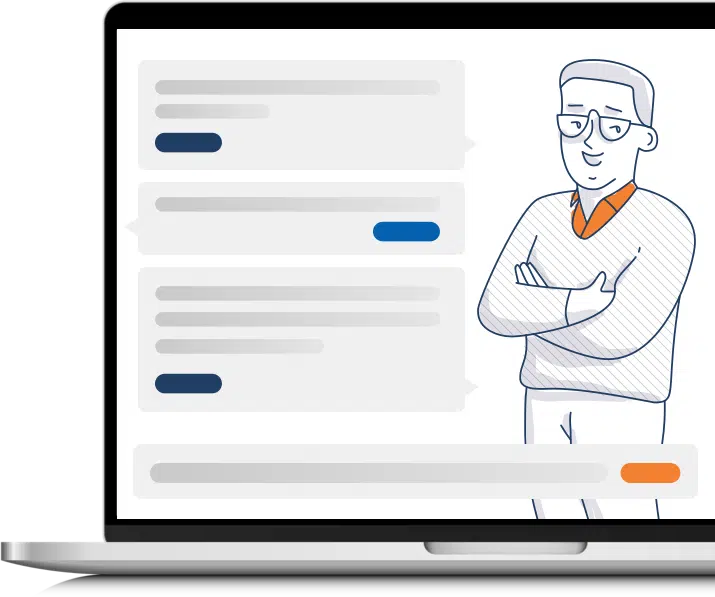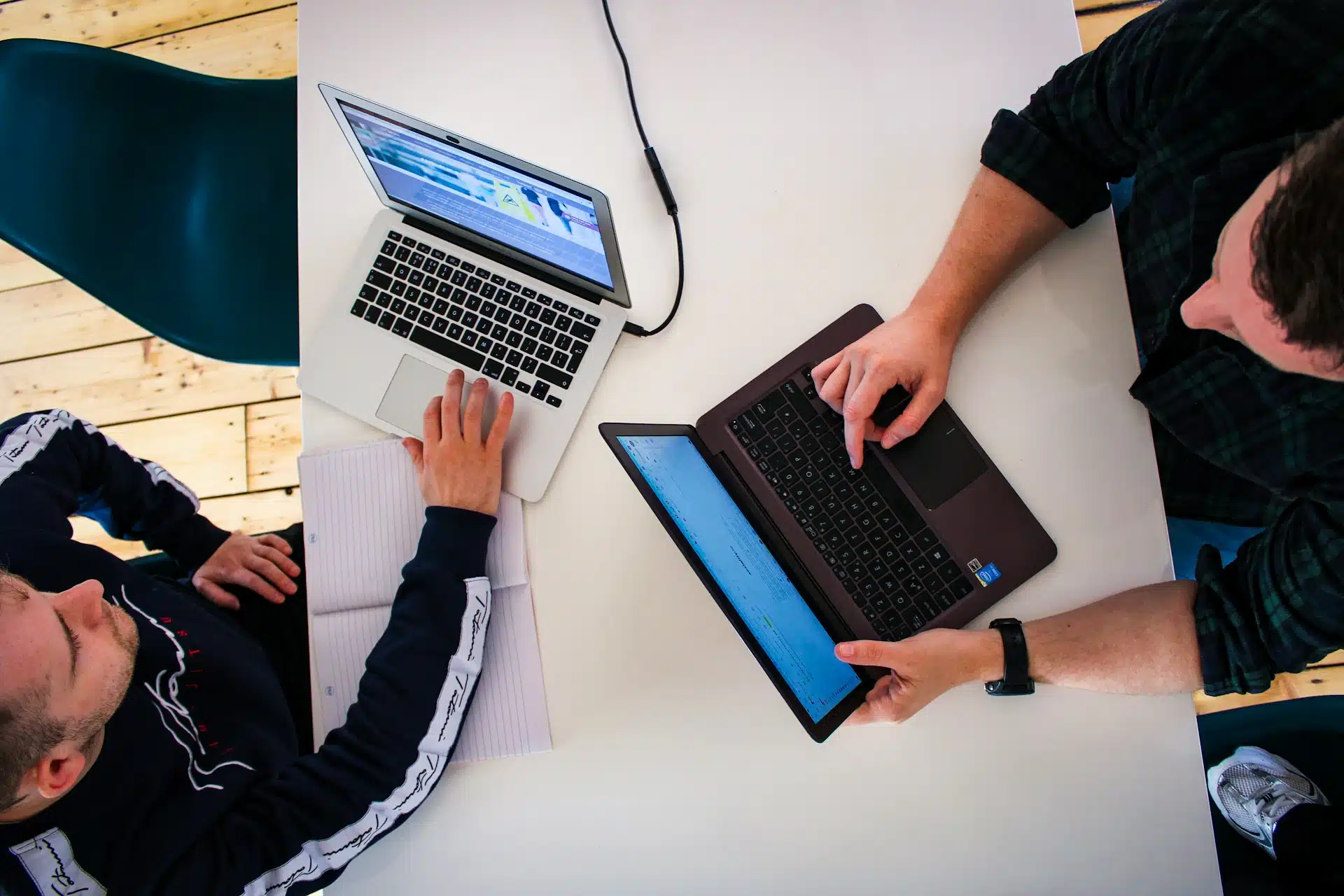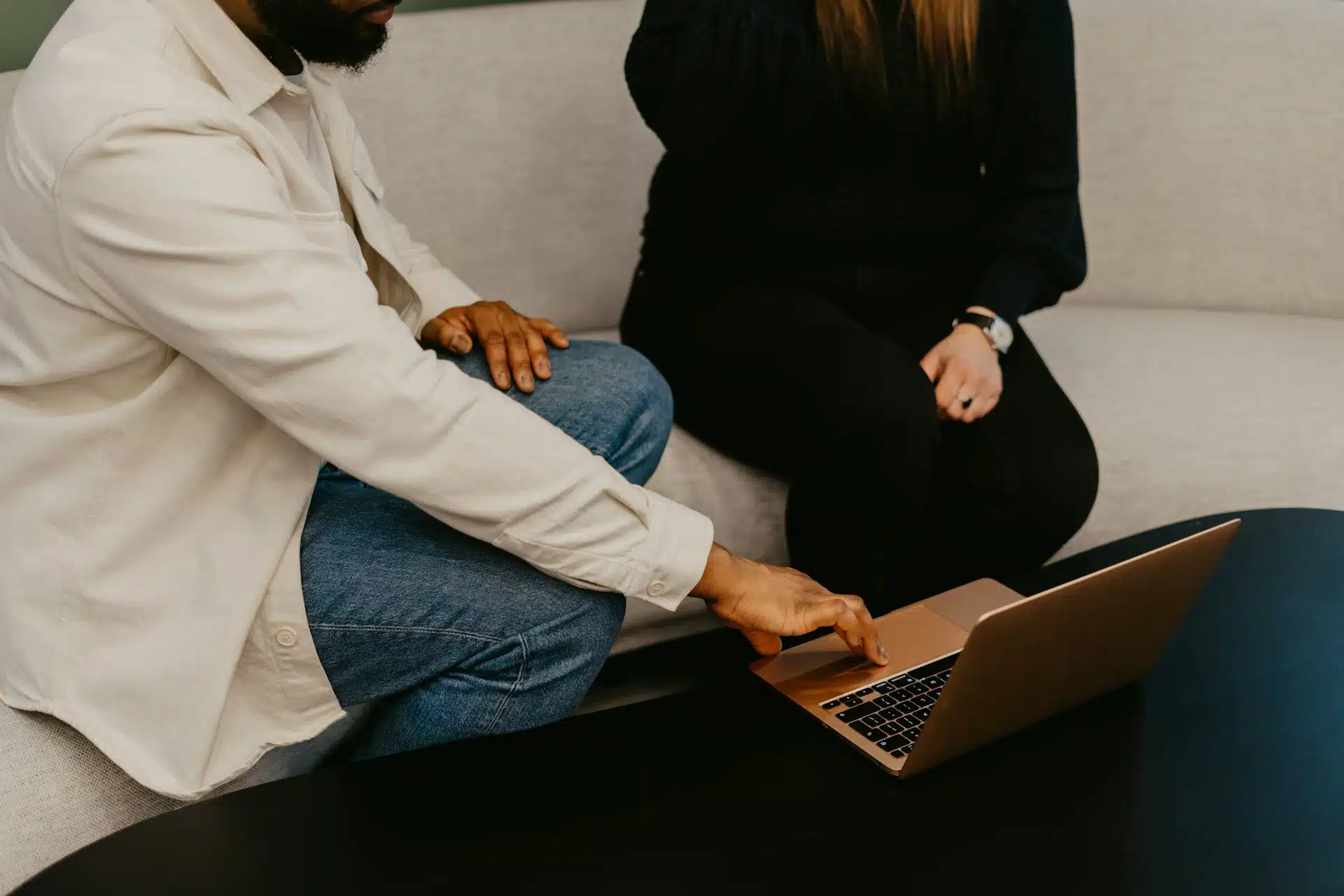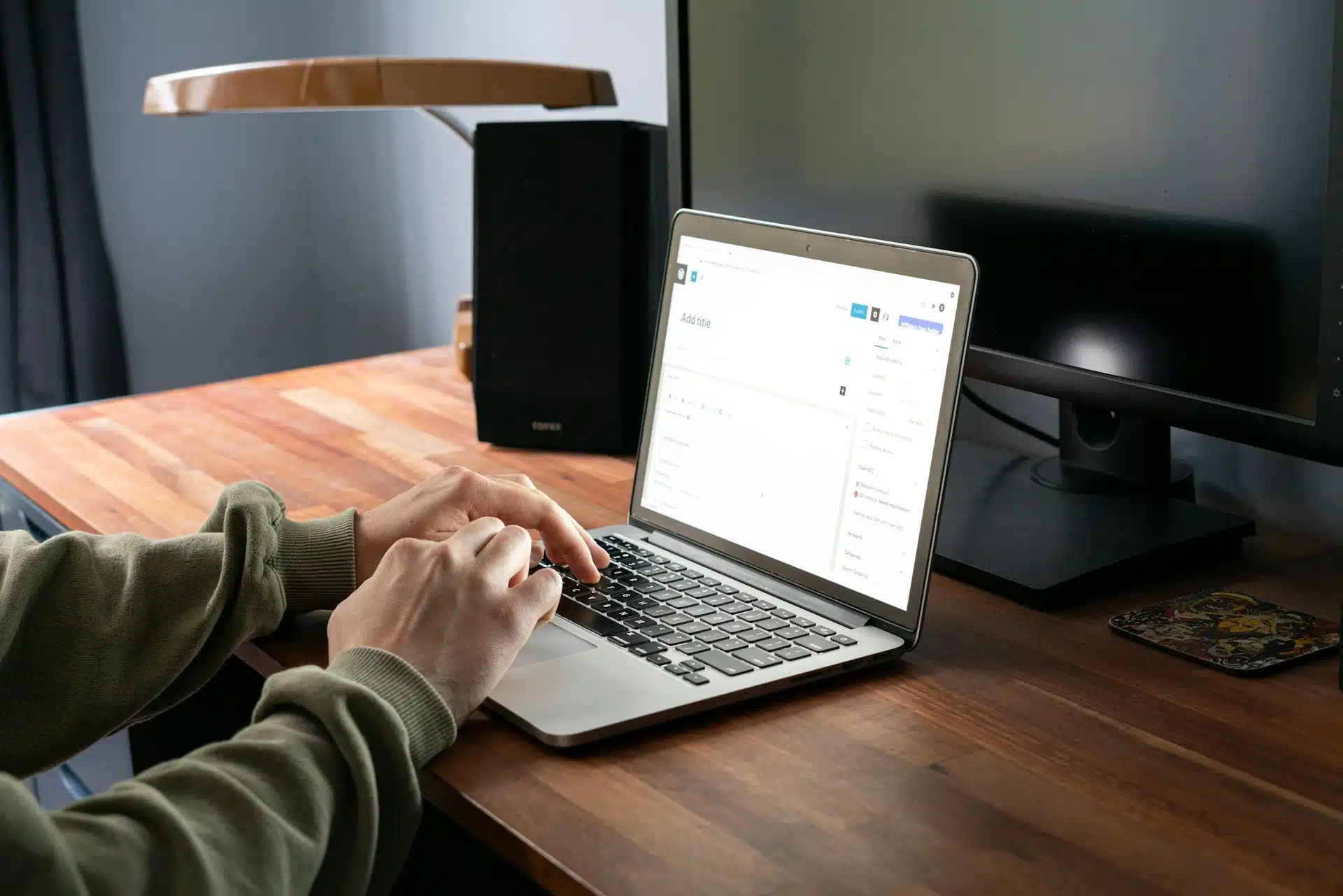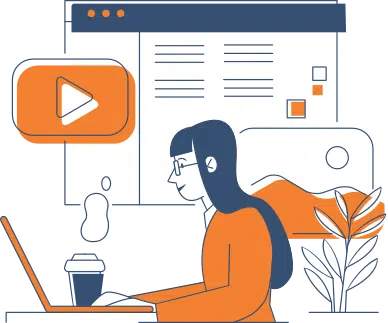
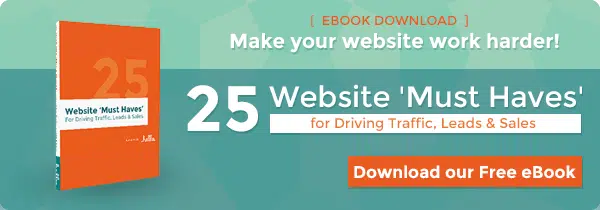
Gotcha. You clicked. Now you’re here. So what’s the trick?
Click-bait – it’s everywhere. That “one weird trick” that “doctors hate” and makes “stay-at-home moms” oodles of cash in just a few short hours. Those startling videos that you won’t believe – which really, you will, because they’re not terribly fancy. But it’s hard to actually know what you’re getting yourself into before you click, because – by design – click-bait doesn’t usually say much about the content of the page you’ll be travelling to.
Do people really hate click-bait?
Well, it seems so. Besides the natural reaction to being duped (which we apologize for in this case, but there really isn’t a better way to demonstrate the point), we’re now seeing indications that numbers back up our assumption that click-bait’s a pain.
Earlier this year, Facebook announced they would begin reducing the impact of certain click-baiting techniques based on feedback from their users. This is a sign that they’re taking low-value links and deceptive marketing practices seriously. It also follows a system change from earlier in the year relating to the formatting of links, which Facebook directly suggested would encourage better interaction with each post.
When Facebook steps in to discourage a practice, it’s because they want a higher level of engagement – it’s their business after all. According to their announcement from August, people vastly prefer seeing headlines which help them “decide if they want to read the full article.”
This aid to decision-making is exactly what makes click-bait so successful.
We’re curious, we love to be surprised by things that please us. When we see a bit of text that tells us, straight out, that the answer will surprise you, we eat it up!
Just like the title of this article. But it’s unsatisfying, because the overwhelming majority of posts with this kind of headline don’t actually do anything to advance our knowledge and understanding of a subject – they don’t do anything but provide momentary distraction.
Bait is one thing. Bait and switch is entirely another.
Which leads us to the weird trick itself: using context to generate interest will always win.
That’s the key. Using your links and headlines to generate appropriate interest in the article, without misdirection. People need to have a sense that they understand what they’re getting themselves into by clicking.
Yeah, sure, it’s more of an anti-trick – but that’s the thing. It’s very tricky to find the middle-ground between enticing a click from your followers, and giving away the whole point of the article. Too little context, and no one really knows what you’re talking about, so they’ll avoid clicking. Too much, and there’s no longer a need or desire to read a more in-depth page. Finding that sweet spot between being too vague and too informative is how you can win over visitors that will actually mean something to your business once they’ve clicked on the link.
Of course, the real work begins after your visitors have clicked your well-crafted links and are ready to see what you have to offer with each post – but that’s a much bigger topic that we’ll be writing about very soon.
If you’re having trouble generating traffic for your website, or making the most of each visitor’s valuable attention once you’ve got them, get in touch – we can help.
Source: Hello BLOG
Recent Articles
Write For Us
Think you’ve got a fresh perspective that will challenge our readers to become better marketers? We’re always looking for authors who can deliver quality articles and blog posts. Hundreds of your peers will read your work, and you will level up in the process.Ready to grow? Say Hello
